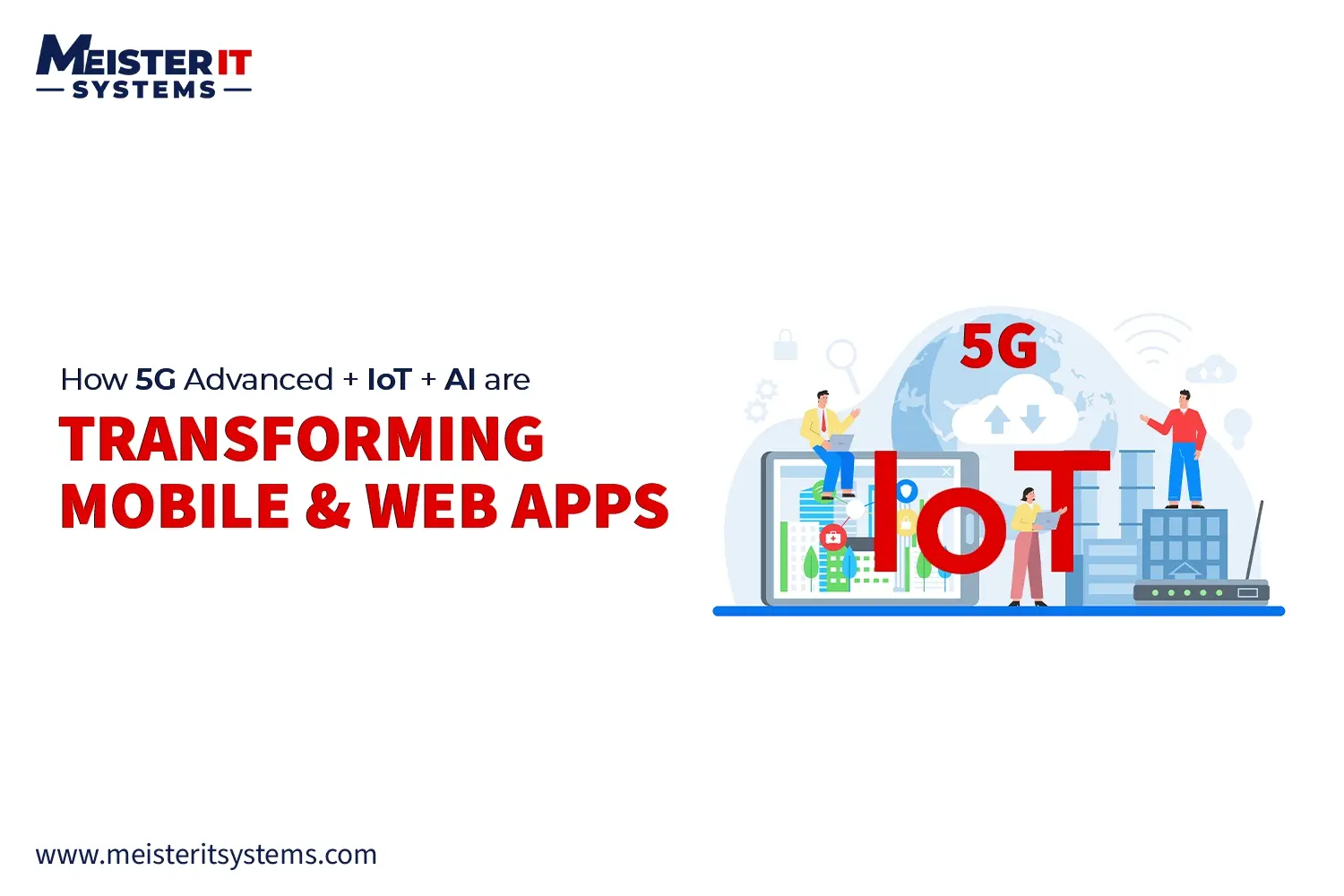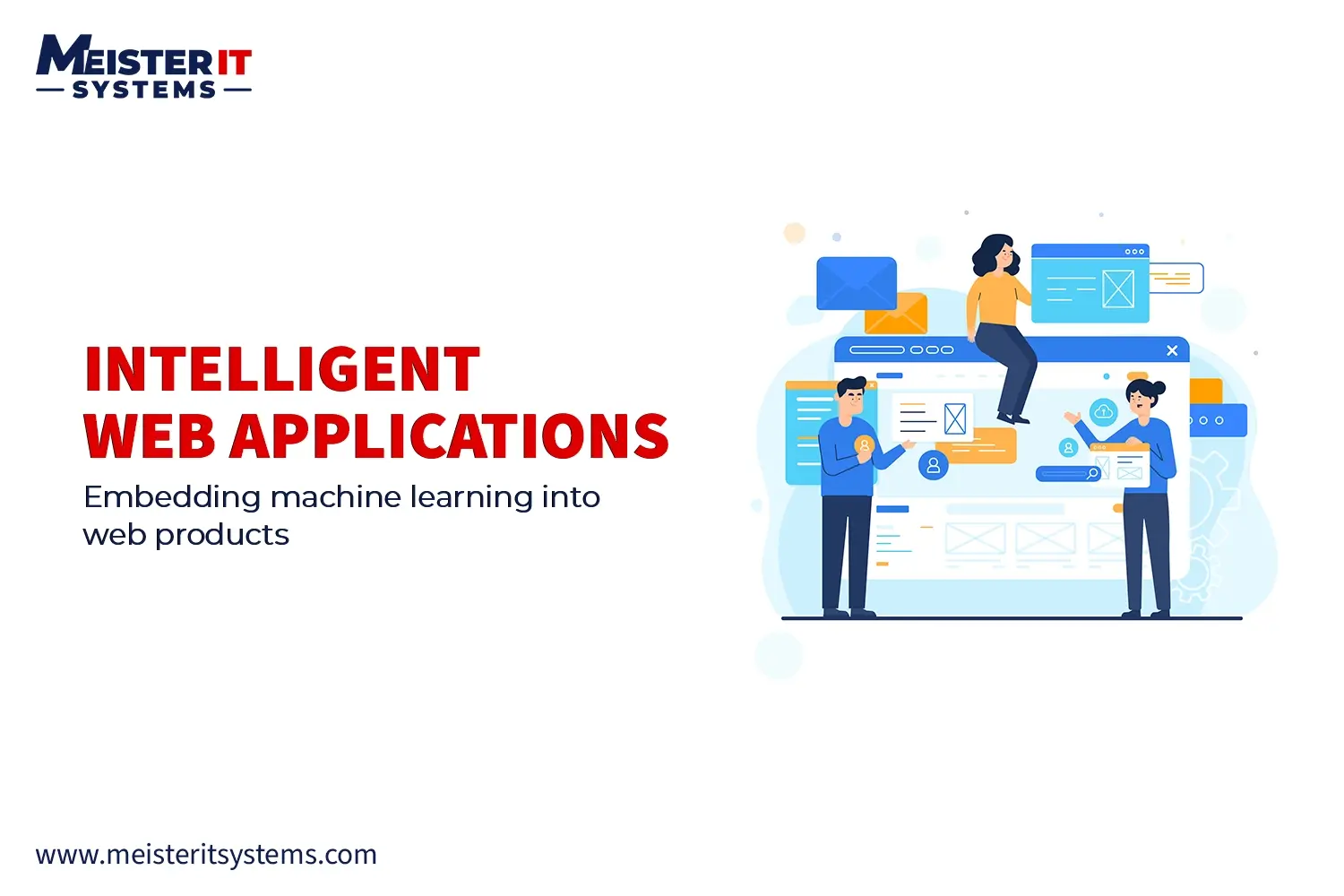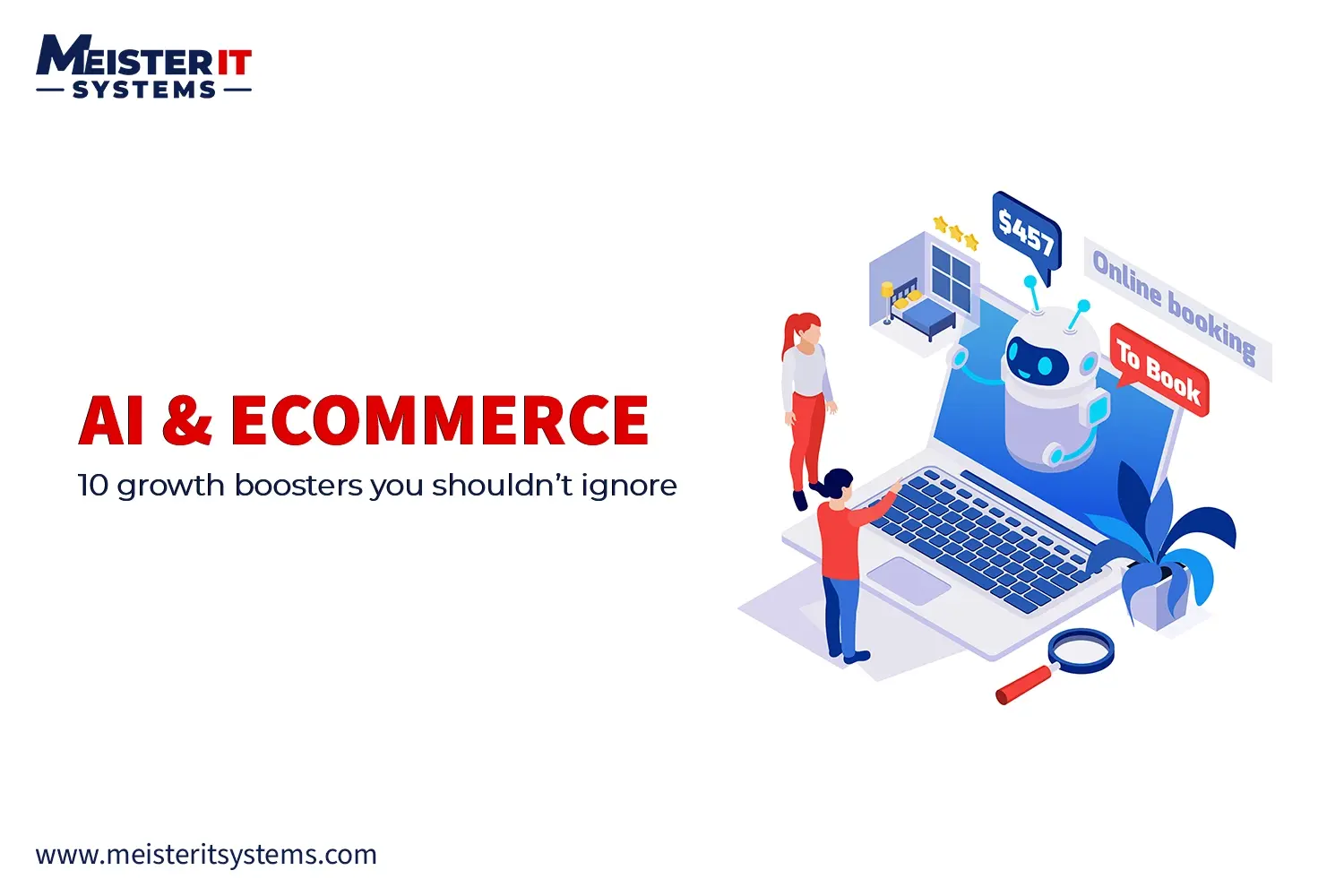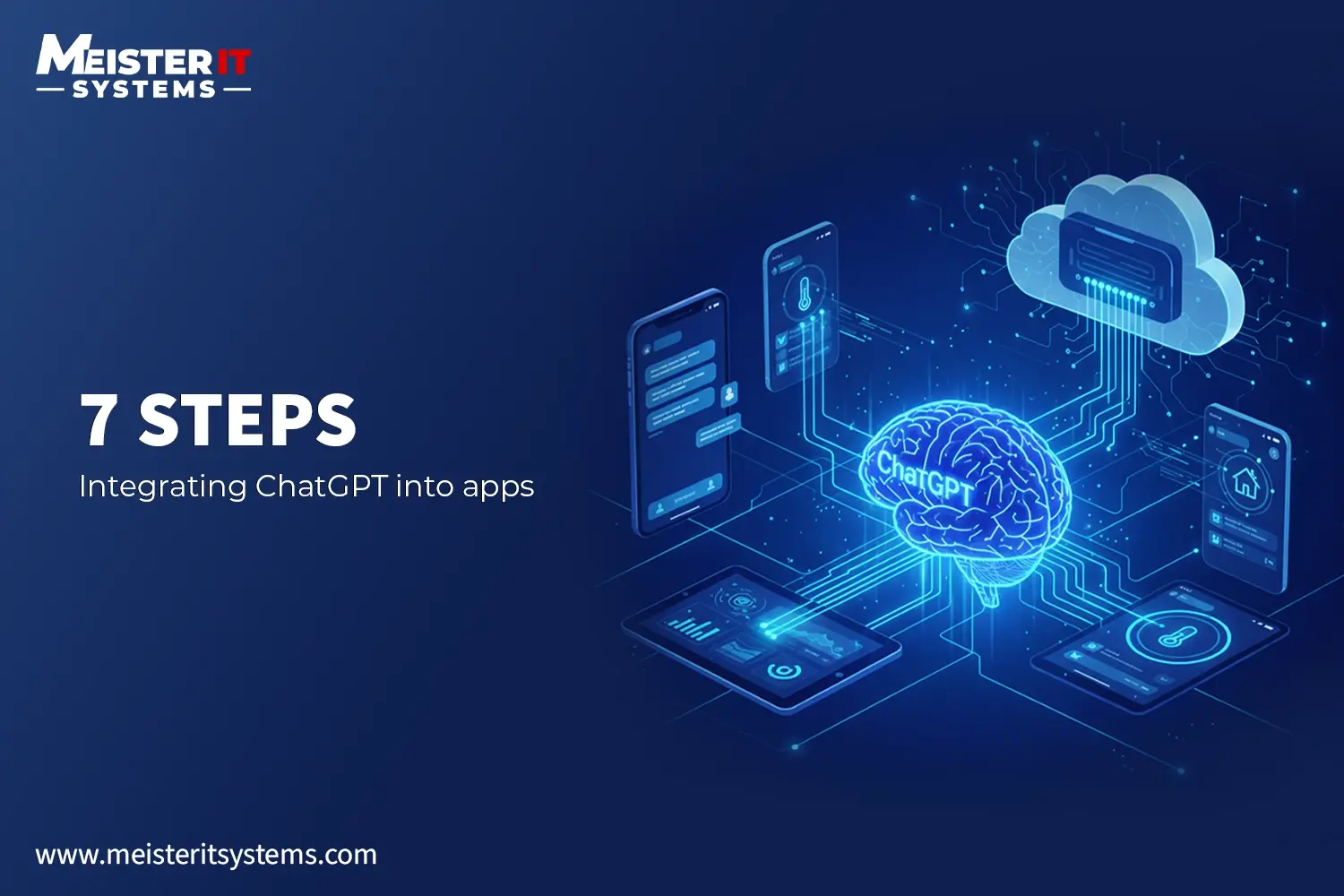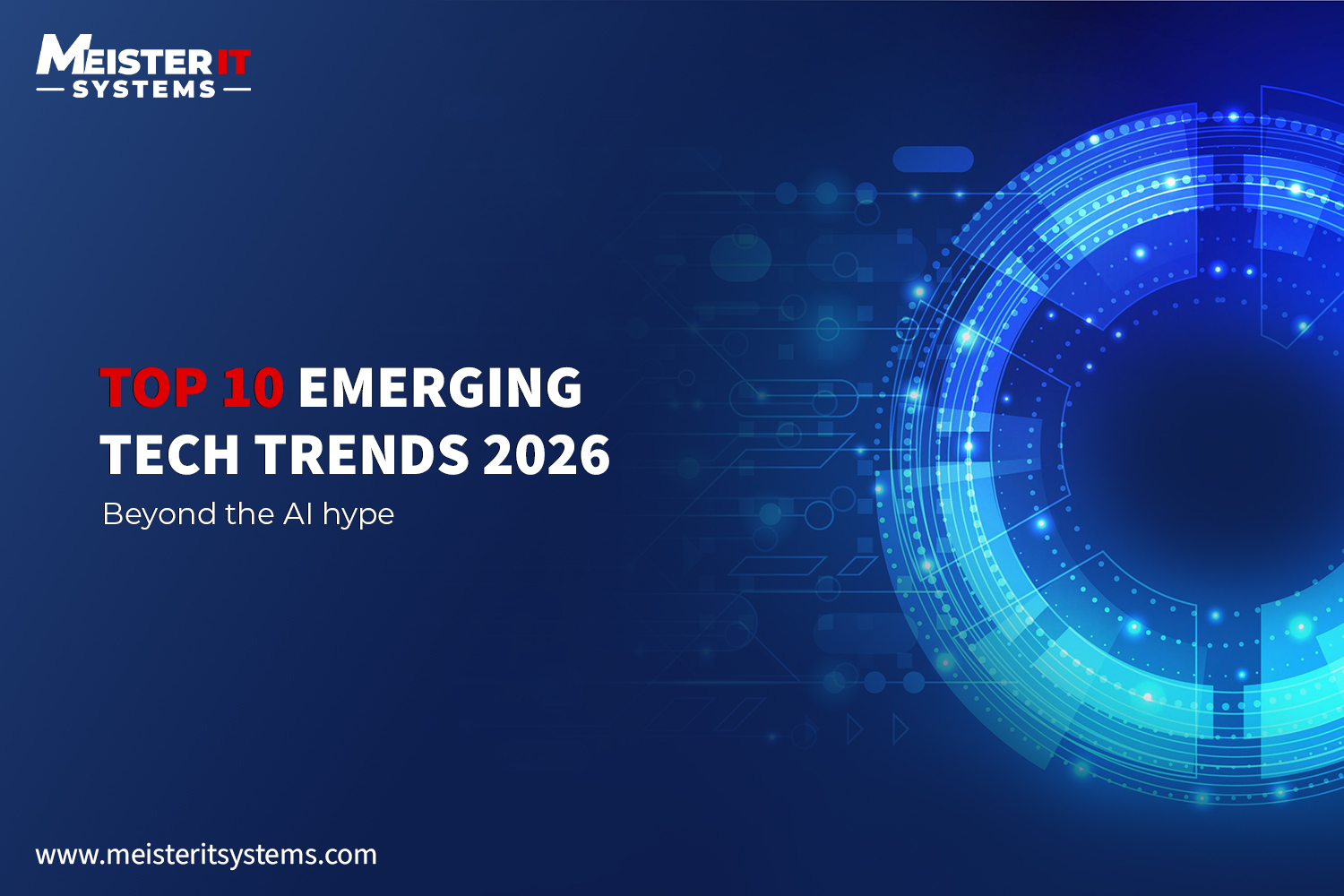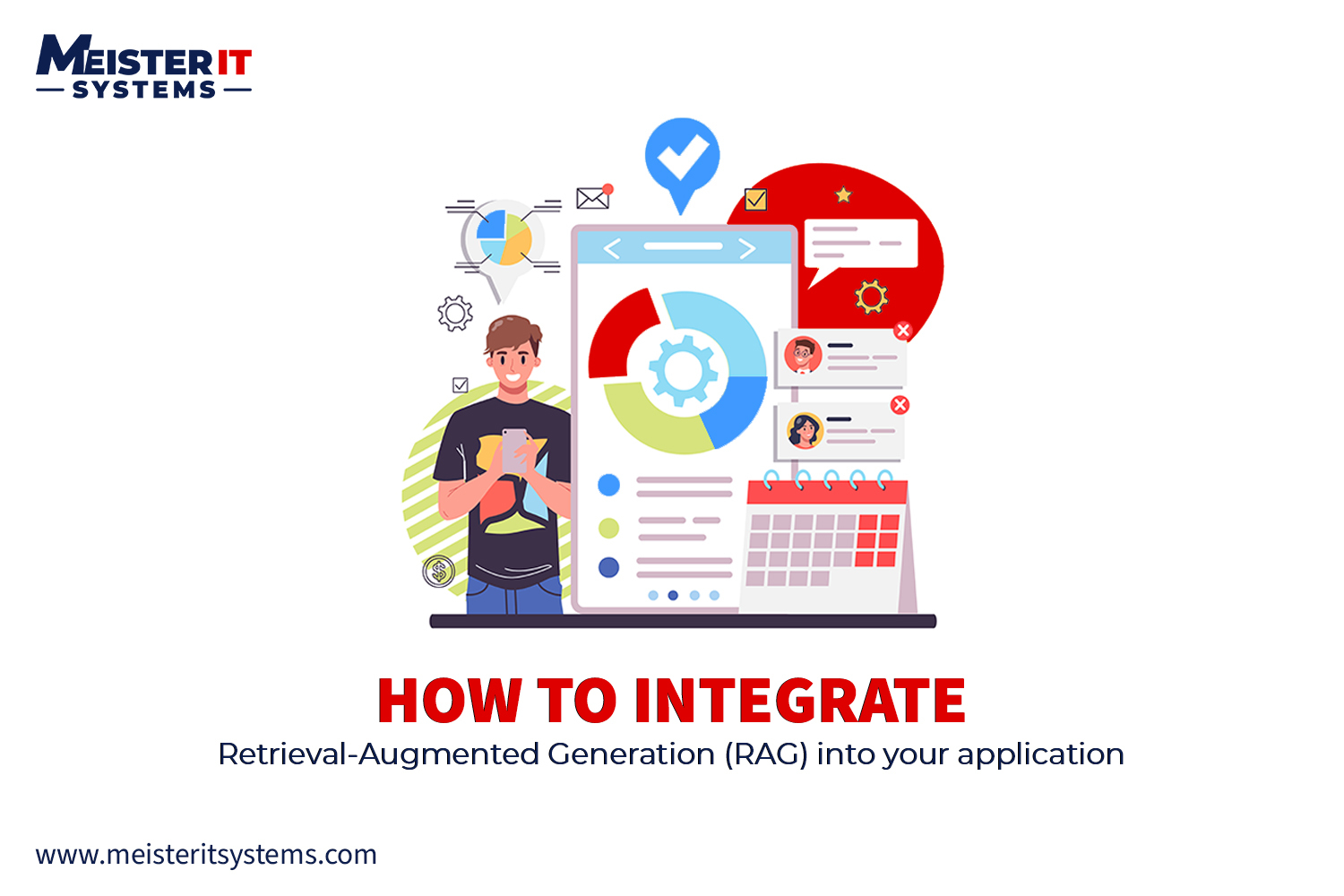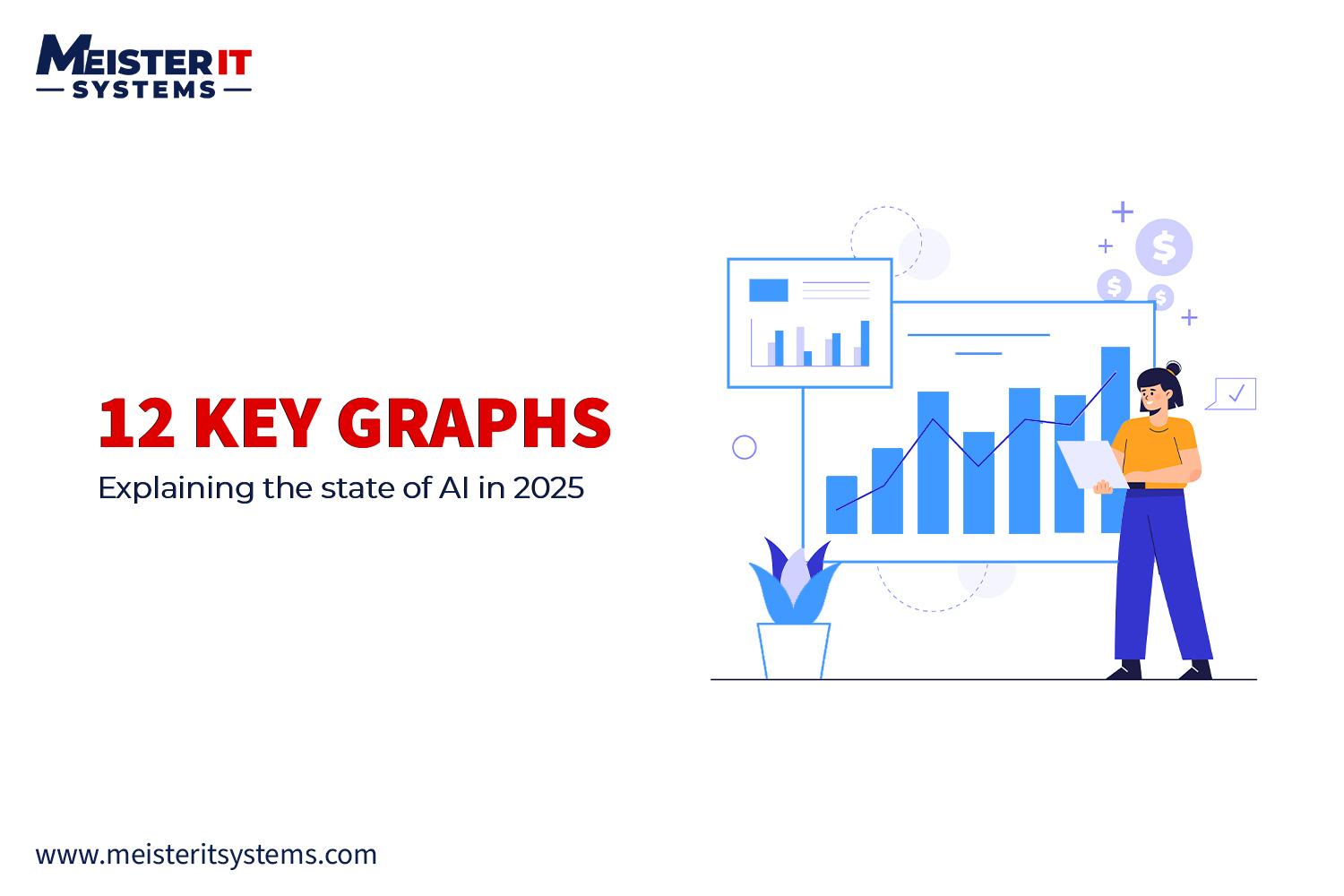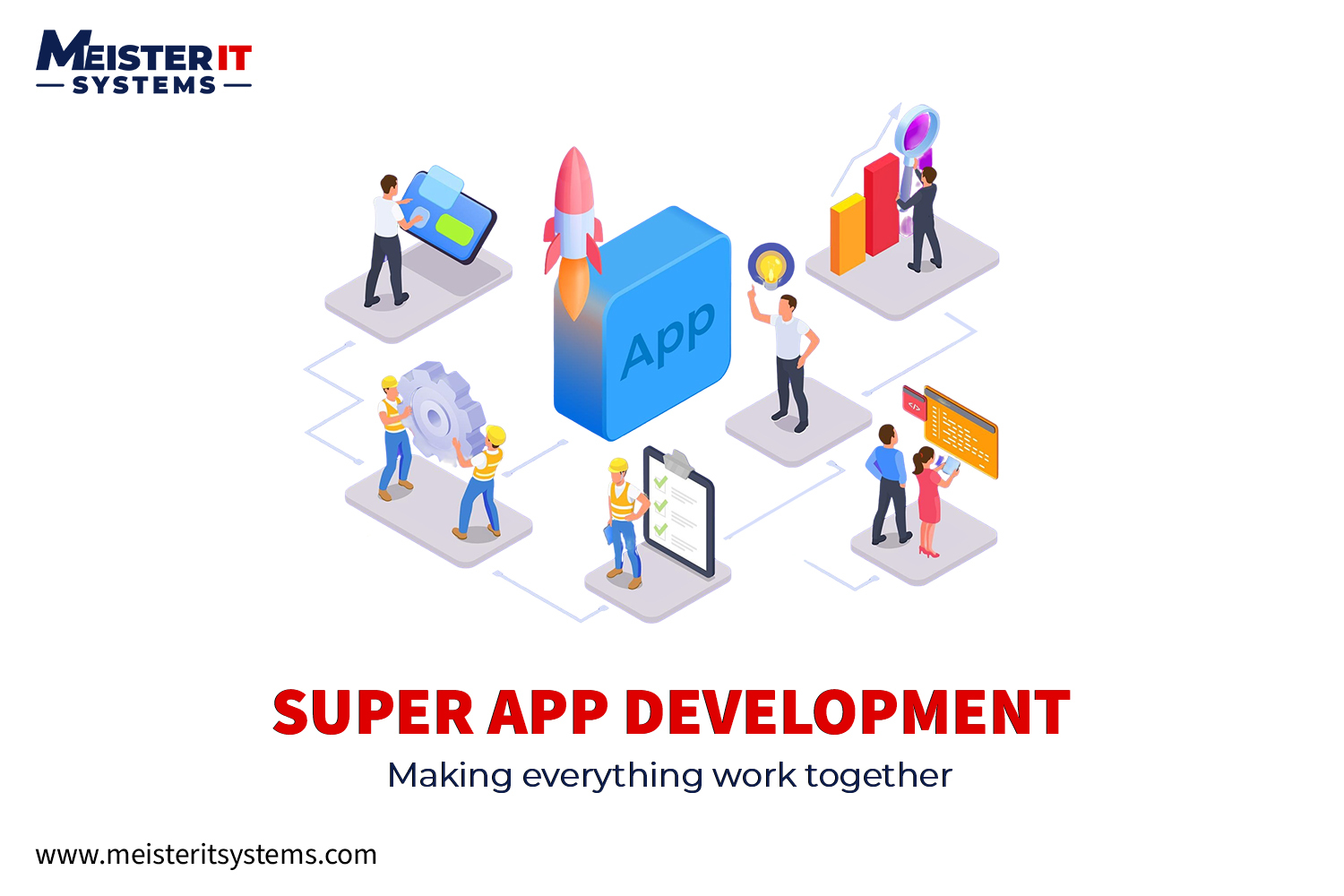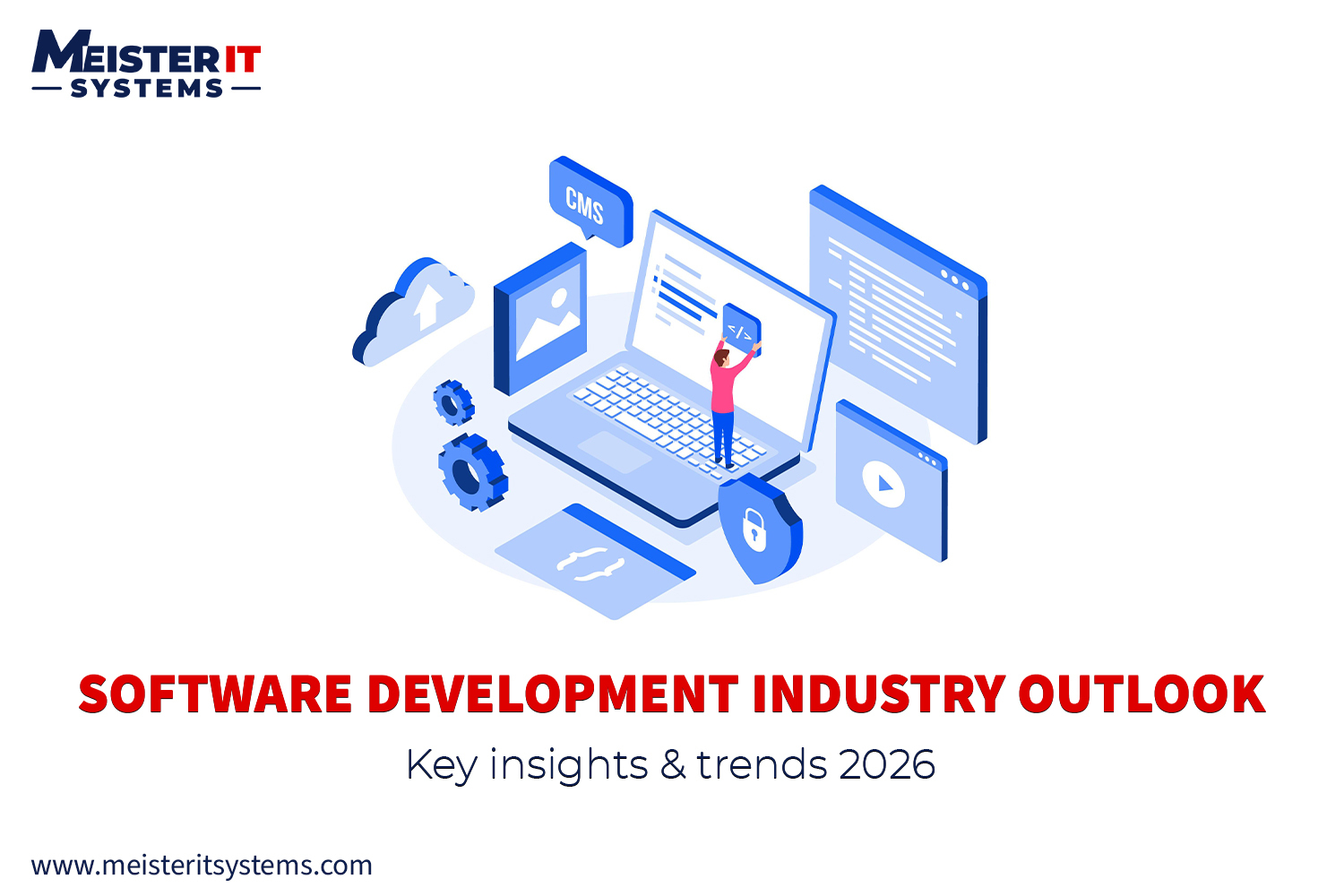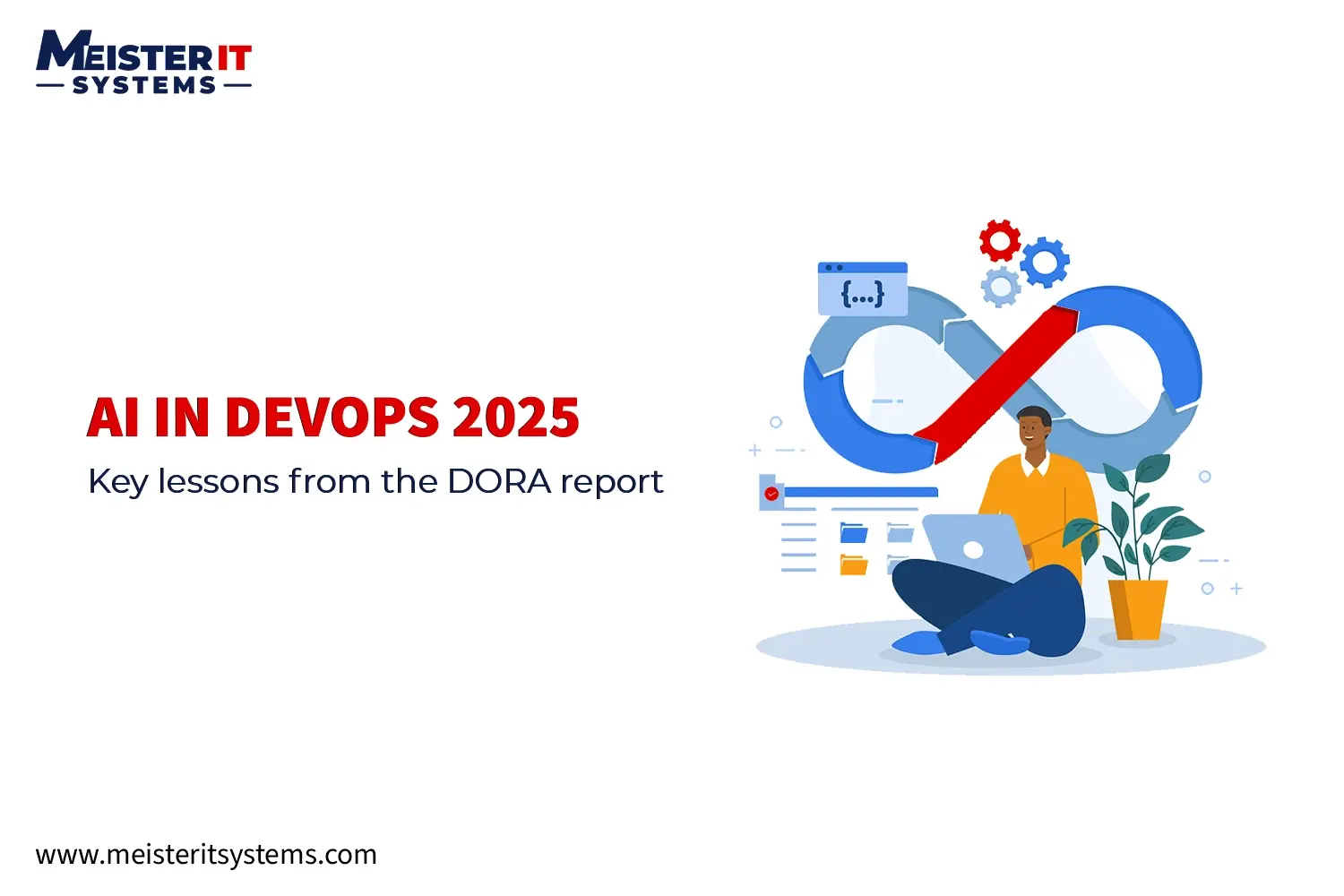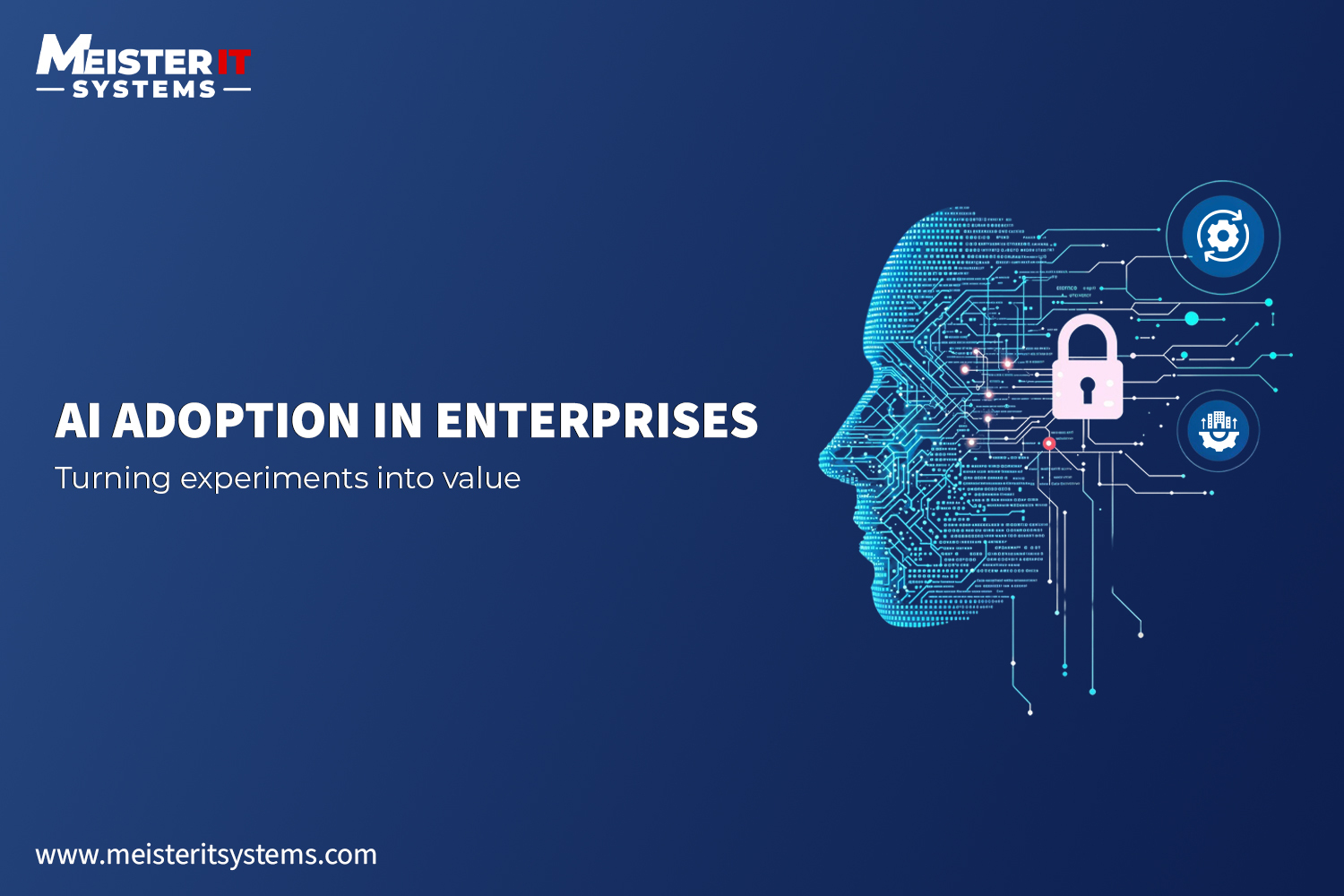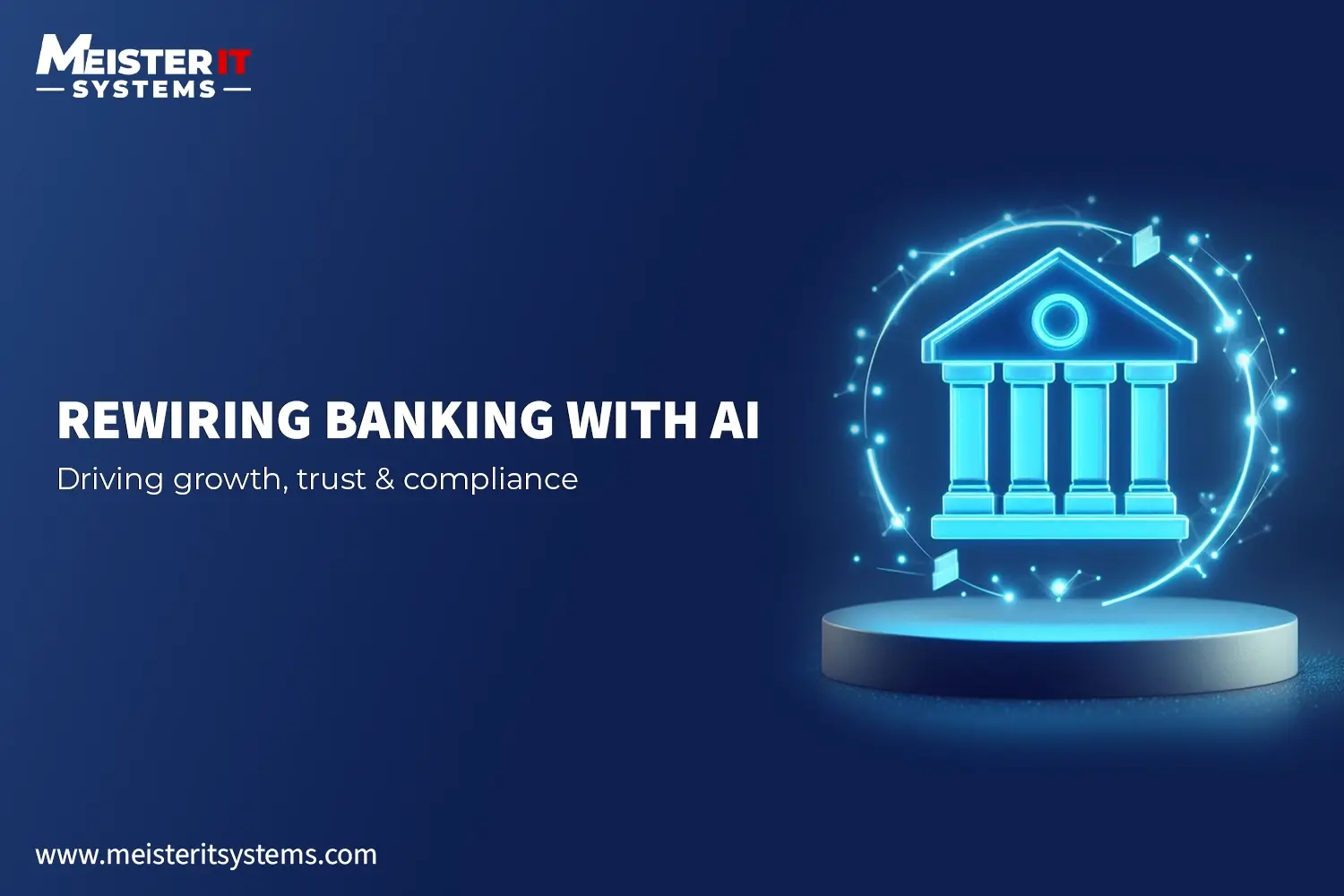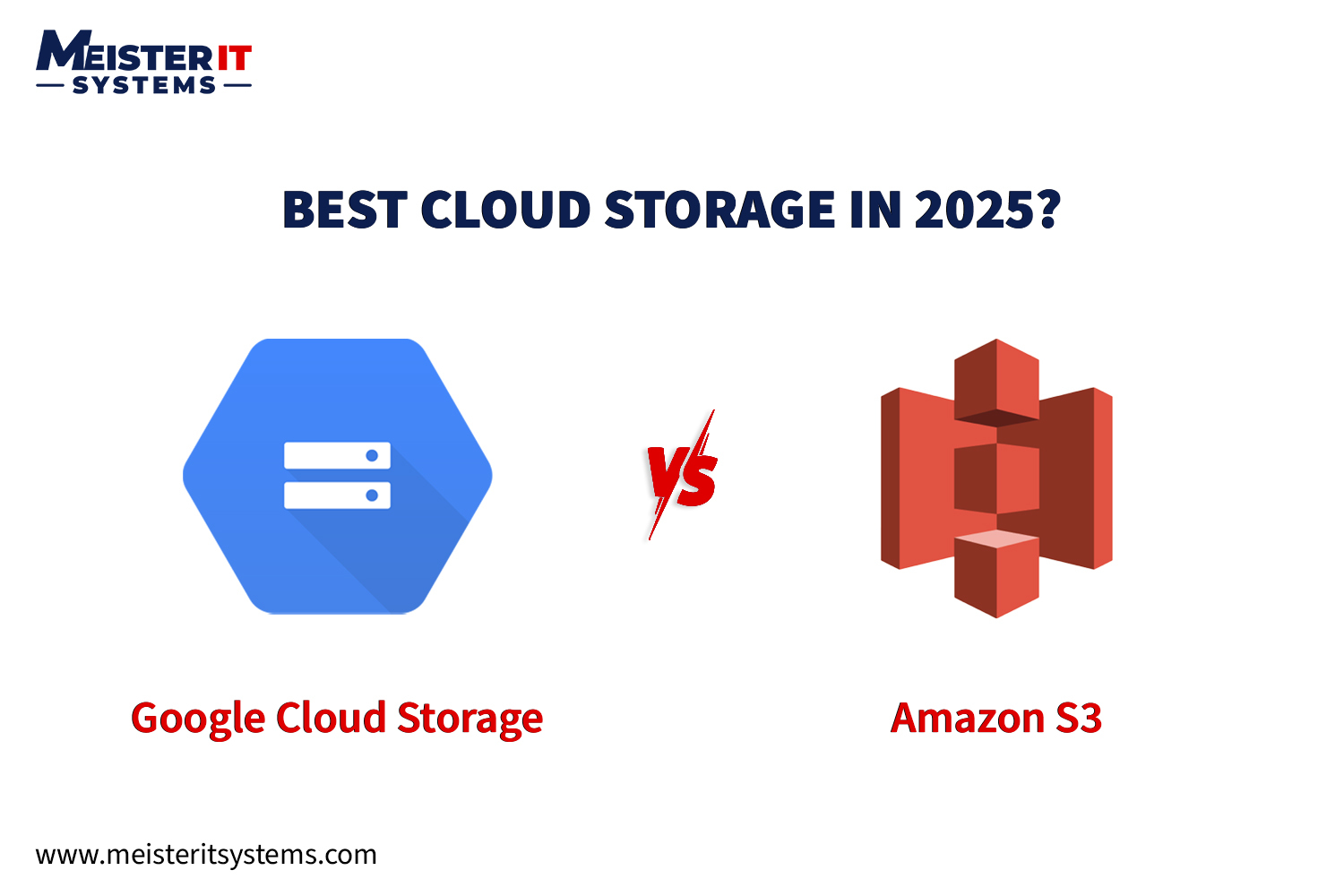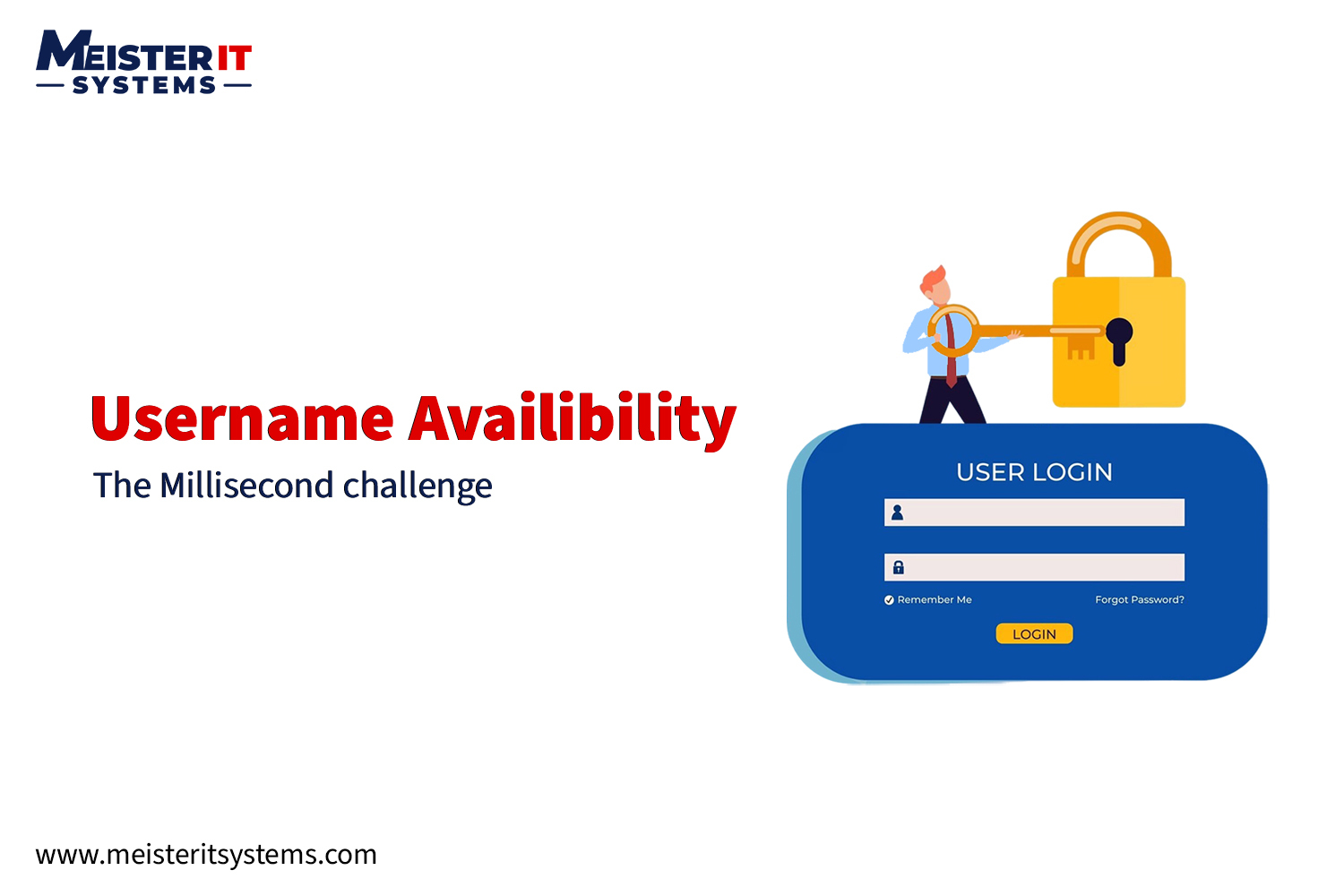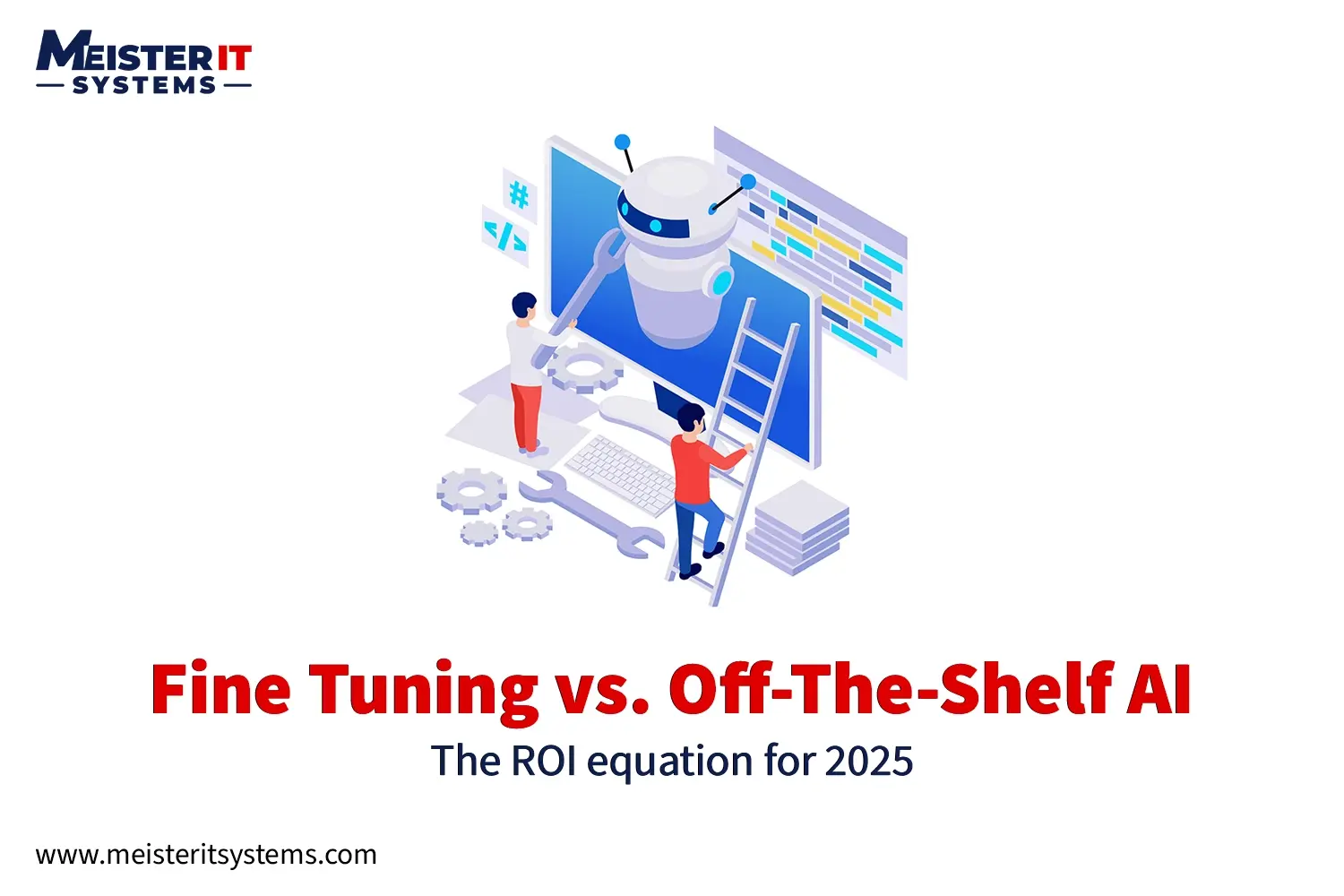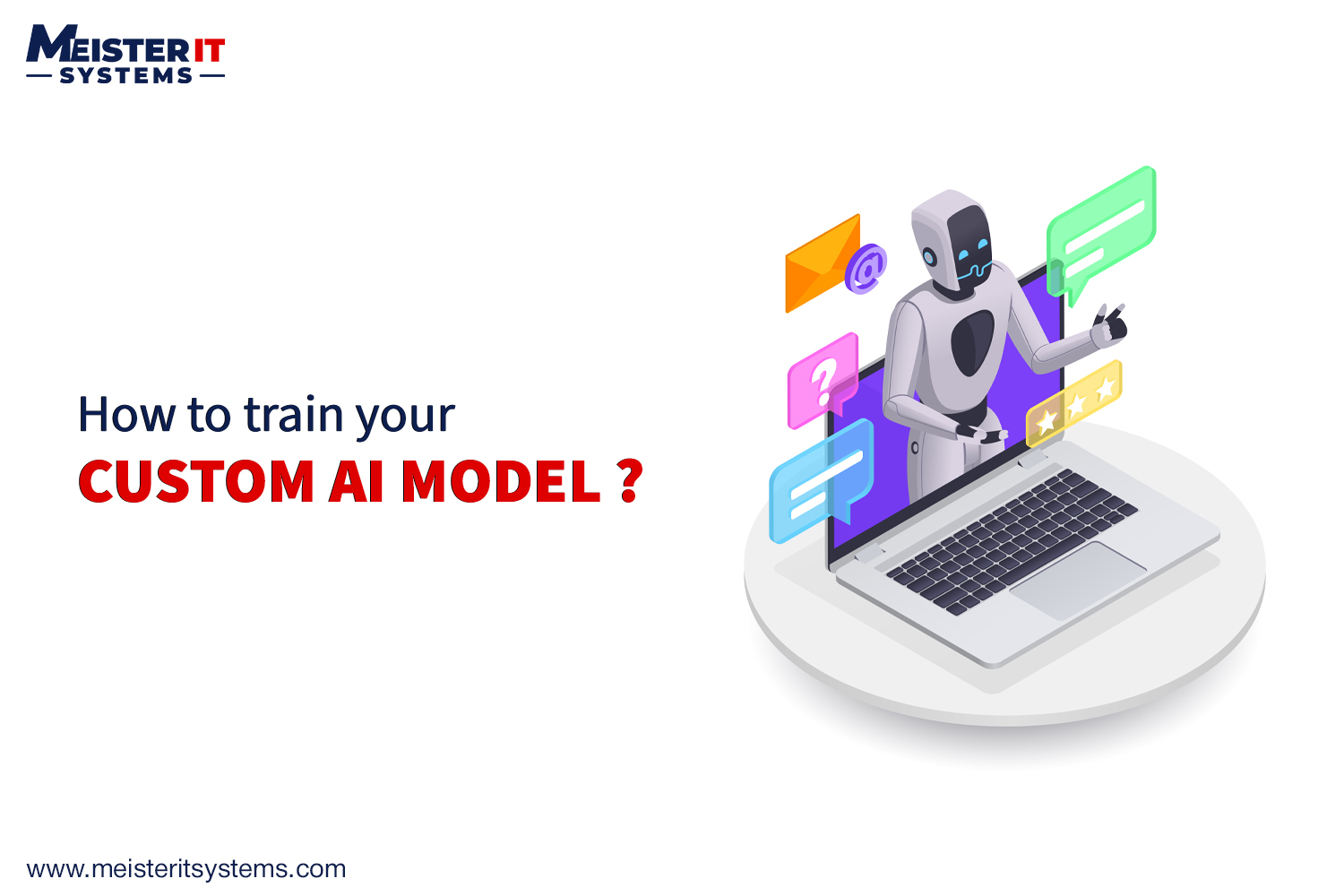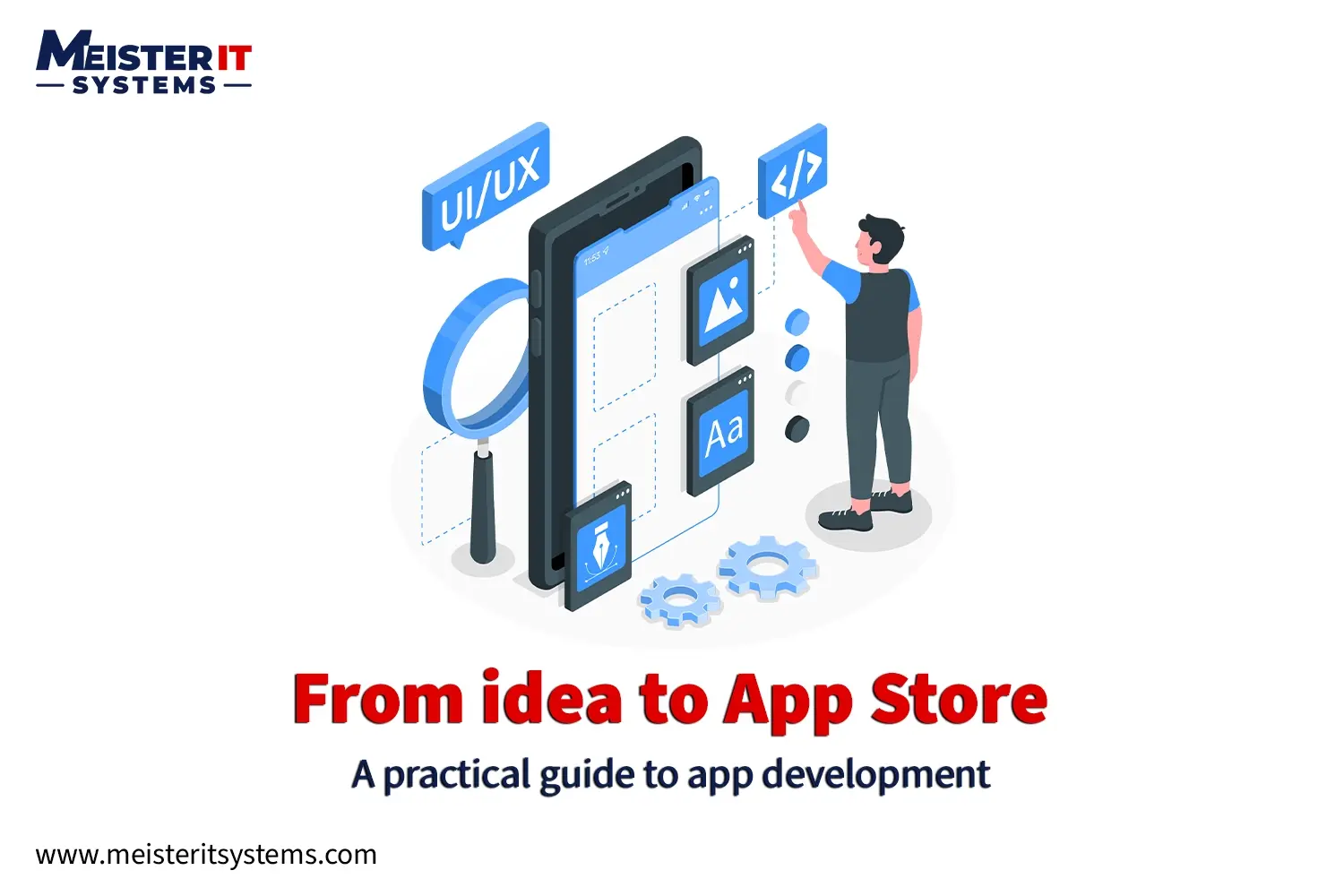
255 billion downloads
That’s how many mobile apps users installed last year. But building a successful app isn’t just about code. It’s about clarity, process, and precision. Mobile apps have become essential bridges between businesses and users, offering seamless engagement, loyalty, and value.
Whether you’re launching your first MVP or scaling your digital product, this guide will demystify the mobile app development journey. From choosing the right architecture and tech stack to avoiding the most common pitfalls.
Let’s dive in with MeisterIT Systems as your trusted mobile development partner.
The Growth of Mobile Apps
Mobile apps have become the main way users connect with digital products. A mobile app is software designed for smartphones, tablets, or wearables. It provides a smooth, personal user experience built for smaller screens and touch-based navigation.
Early apps were basic tools for managing contacts, setting reminders, or sending messages. Today, mobile apps encompass a wide range of applications, from gaming and shopping to banking, fitness, and automation. In 2025, global app revenue is projected to reach $190 billion, growing at 14% per year.
For businesses, this is a huge opportunity. Mobile apps support real-time engagement, secure transactions, and personalized experiences. The result is higher customer loyalty, more conversions, and a competitive edge.
Types of Mobile Apps
Choosing the right type of app can impact performance, user experience, development time, and budget. Below are the most common types of mobile apps:
1. Native Apps
Developed specifically for a single operating system (iOS or Android), native apps deliver the highest performance and fully leverage device features. Native iOS apps are developed using Swift and SwiftUI, while Android apps use Kotlin and Jetpack. These modern toolkits help us create responsive, high-performing applications that align with platform-specific design and performance standards.
However, separate codebases are required for each platform, which can increase development effort and cost.
2. Web Apps
Web apps run within mobile browsers using web technologies (HTML5, CSS, JavaScript). They are simple to deploy and maintain across devices but rely on an internet connection and lack native performance.
3. Hybrid Apps
Hybrid apps embed web code inside a native container. This enables faster development and cost efficiency across platforms. However, performance can vary compared to fully native apps.
4. Progressive Web Apps (PWAs)
PWAs deliver an app-like experience through the browser and can operate offline. They are lightweight and easy to deploy, but have limitations in accessing native device capabilities.
5. Cross-Platform Apps
Cross-platform apps, built with frameworks like React Native, allow code reuse across platforms. This accelerates development while maintaining near-native performance and consistency across iOS and Android.
Selecting the appropriate architecture depends on your business goals, target audience, performance requirements, development timeline, and budget constraints.
How to Build a Mobile App: Step-by-Step Development Guide
For technology leaders looking to build a high-performing mobile app, choosing the right development partner and process is critical. Our team helps CTOs and business leaders bring their mobile product ideas to life, delivering secure, scalable, and user-friendly apps.
See how our Dedicated Development Team can help you
Why Hiring a Dedicated Development Team is Your Next Smart Move
Our development process is designed to align with your business goals, adapt to your internal workflows, and ensure that you get full visibility and control at every stage.
Here is how we work with clients:
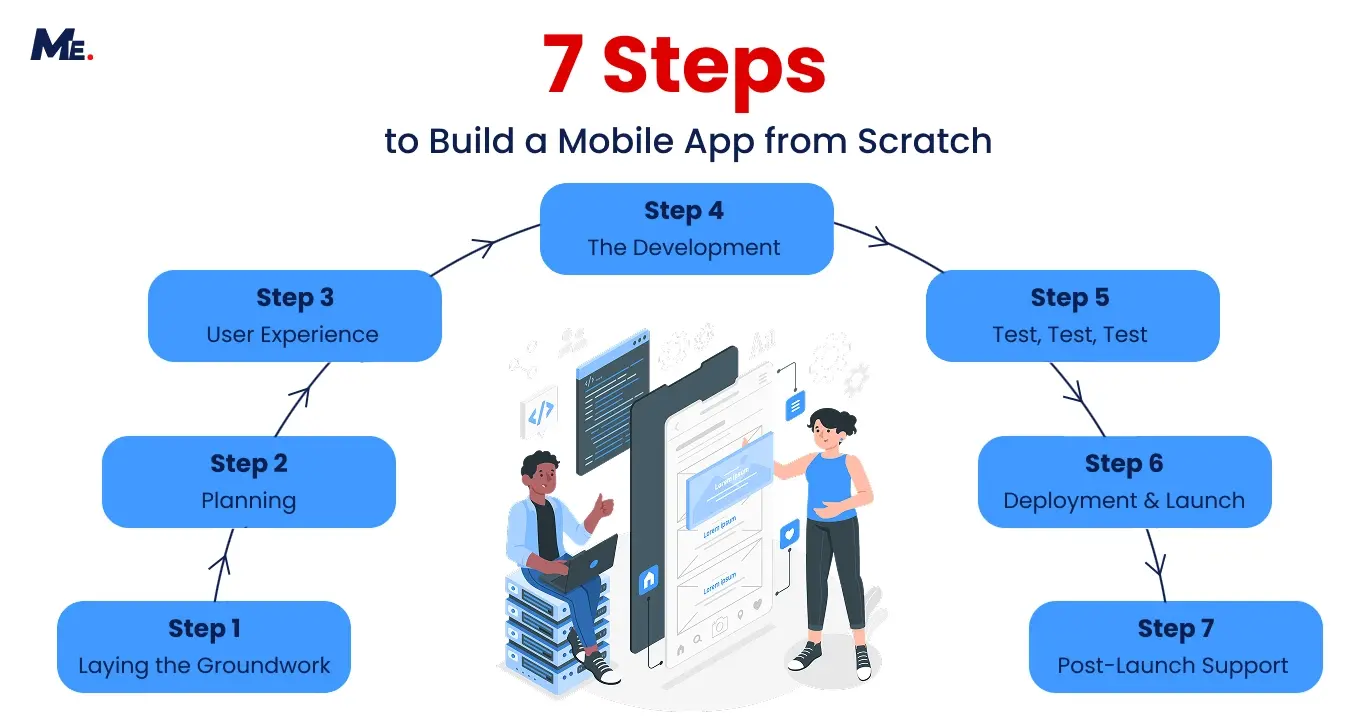
Step 1: Laying the Groundwork
We begin by understanding your vision. In initial workshops, we work with your product, design, and tech teams to clarify the app’s purpose, user personas, and core features.
Our dedicated development team conducts market research, evaluates technical risks, and helps refine your product roadmap. We also review any existing architecture, systems, or APIs that the new app will integrate with.
By the end of this phase, we deliver:
- A validated product concept
- A technical feasibility report
- Project scope and estimates
- A high-level timeline and milestone plan
This helps both sides stay aligned and prepares the project for smooth execution.
Step 2: Planning the Development Process
With the scope defined, we move into detailed planning.
We help you select the right type of app (native, hybrid, cross-platform, or PWA), and the most suitable tech stack based on your product goals, budget, and long-term plans.
We also define:
- System architecture
- API strategy
- Security and compliance requirements
- CI/CD setup
- DevOps approach
- Reporting and communication structure
This planning phase gives you full transparency on how the development will progress and how we will collaborate.
Step 3: Crafting the User Experience
At MeisterIT Systems, we know that great UX drives adoption and retention.
Our designers work closely with your team to create a seamless, intuitive user experience. We develop user journeys, wireframes, and interactive prototypes that reflect your brand identity and business logic. We also integrate behavioral design principles and color psychology into every screen, ensuring the app evokes the right emotions, drives action, and reflects your brand’s intent.
We also ensure:
- Accessibility compliance
- Platform-specific design standards
- Optimized performance across devices
We test prototypes early with users when possible to validate the experience and make adjustments before development begins.
Step 4: The Development
Development is handled in well-structured Agile sprints, with frequent check-ins and demo sessions.
Our front-end and back-end developers collaborate closely to ensure that the app meets both user expectations and technical standards.
Key focus areas include:
- Scalable, maintainable codebase
- Secure data handling
- Optimized performance
- Robust API integrations
- Optimized for both always-connected and offline-first environments
Throughout development, we provide full visibility through sprint reports, Jira dashboards, and review calls. Your team can track progress and provide feedback in real time.
Step 5: Test, Test, Test
We integrate quality assurance throughout the development cycle. Our QA engineers run:
- Automated regression tests
- Manual functional testing
- Performance and load testing
- Device compatibility testing
- Security and penetration testing
- Edge case validation
Our goal is to identify and resolve issues before they impact users. We work with your team to ensure that the app is stable, secure, and ready for production use.
Step 6: Deployment and Release
When the app is ready, our team manages the full deployment process.
We prepare the app for release on iOS and Android stores, handling compliance checks and app store optimization (ASO). We also configure analytics, crash reporting, and monitoring tools so you can track performance from day one.
If needed, we support staged rollouts, beta testing, and can assist with launch marketing coordination.
Our team ensures that deployment is smooth, and that your app is ready for users.
Step 7: Post-Launch Support
Launching an app is just the beginning. Ongoing support and iteration are critical to long-term success.
We provide post-launch services to help your app stay current, competitive, and aligned with evolving user needs and technologies.
Our post-launch support includes:
- Monitoring and performance tracking
- Bug fixes and issue resolution
- Feature updates and product evolution
- OS and device updates
- Security maintenance
- Scaling support
We tailor our post-launch services to match your needs — whether you require ongoing maintenance, regular updates, or a long-term product partner. Our goal is to support your app’s continued success in the market.
Top Best Practices for Mobile App Development Success
A technically sound app is only part of the equation. Achieving long-term success requires a strategic approach that balances security, compliance, user experience, and innovation.
Here are the key principles we follow:
1. Security
Security must be built into the app from the ground up. We implement robust security measures, including secure authentication, data encryption, and strong API security.
We also apply:
- Secure data transfer protocols (HTTPS, SSL/TLS)
- App hardening techniques to protect code integrity
- Mobile Application Management (MAM) strategies to enforce security policies across devices
- Regular vulnerability testing and patching
Protecting both user data and business assets is a top priority throughout the app lifecycle.
2. Data Protection and Compliance
Data privacy is essential, especially for apps that handle sensitive or personal information.
We ensure:
- End-to-end encryption of data in transit and at rest
- Compliance with regional and industry standards such as GDPR, HIPAA, and others
- Secure cloud configurations that meet regulatory requirements
- Regular auditing of data collection, storage, and handling practices
These measures help safeguard user trust and protect your organization from compliance risks.
3. Accessibility
Inclusive design broadens your user base and enhances engagement.
Our UX/UI teams design for accessibility from the start, incorporating:
- Compatibility with screen readers
- Voice navigation options
- Adaptive user interfaces that work across devices and user needs
- Compliance with WCAG (Web Content Accessibility Guidelines)
Designing for accessibility ensures your app is inclusive, expands your reach, and meets compliance standards from day one.
4. Budget and Scope Management
It is important to maintain a balance between feature scope and development costs.
We work closely with clients to:
- Prioritize features that align with business goals and user needs
- Manage scope carefully through sprint planning
- Avoid scope creep that can impact budgets and timelines
- Maintain transparency around project costs and resource allocation
This disciplined approach ensures that development efforts focus on delivering the most value.
5. Staying Ahead of Emerging Trends
Technology evolves rapidly, and maintaining a competitive edge requires continuous innovation.
We help our clients stay current by exploring:
- Internet of Things (IoT) integrations for connected experiences
- Blockchain solutions for enhanced transparency and trust
- Proximity-based engagement through beacon technology
- AI-driven personalization and automation
By leveraging emerging trends thoughtfully, we help you future-proof your mobile application and create differentiated user experiences.
Future Trends in Mobile App Development
Mobile app technology is changing fast. New trends in architecture and networks are opening up new possibilities for performance, scalability, and user experience.
Here are the demanding future trends in mobile app development:
- Edge computing brings processing power closer to users by handling data at the network edge or on devices. This reduces latency, improves performance in low-connectivity areas, and supports real-time applications like IoT and AR/VR.
- Cloud-native development uses microservices and containers, allowing apps to scale easily, update without downtime, and run across cloud or hybrid environments. This improves flexibility, security, and reliability.
- 5G and beyond will further enhance app performance with faster speeds and lower latency. We design apps ready for these technologies to ensure they remain high-performing as mobile networks evolve.
Beyond current best practices, it is important to stay informed on emerging mobile app trends that will shape the next generation of mobile apps.
Common Mistakes in Mobile App Development and How to Avoid Them
Even experienced teams can run into pitfalls during mobile app development. Here are some common mistakes we help clients avoid:
- Lack of a clear product vision
- Underestimating user experience (UX)
- Ignoring performance on older devices
- Insufficient testing before launch
- Not planning for post-launch updates and long-term support
- Failing to address compliance and security early in development
Avoiding these mistakes helps ensure your app delivers great performance, meets business goals, and provides lasting value for users.
Navigating the Mobile App Development Landscape with MeisterIT Systems
Bringing an app from idea to launch takes more than coding. It requires strategic planning, user-focused design, robust engineering, thorough testing, and ongoing support to ensure long-term success.
From initial concept through deployment and ongoing support, MeisterIT Systems partners with businesses to build mobile apps that deliver measurable impact.
Ready to bring your app idea to life?
Contact us today for a free consultation.



